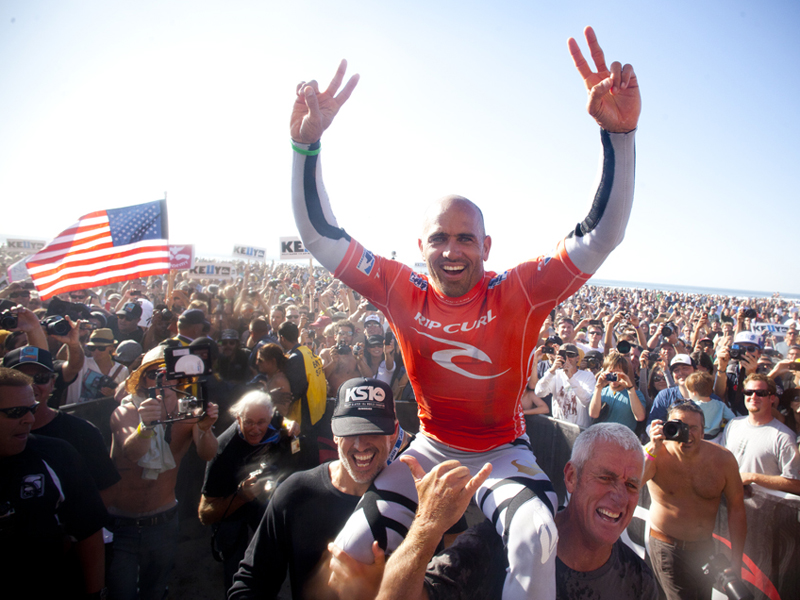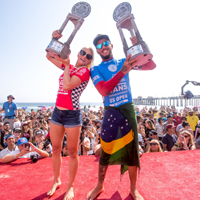
They call it their “profit improvement plan” to streamline the brand, and focus, but another way to put it is that Quiksilver, once the kingpin of surfing and action sports, has had to deal with a harsh wake-up call that they simply aren’t popular with their once-core market of teens.
Quiksilver hasn’t turned a profit since 2006, which also was the beginning of the downfall of action sports. It has lost money in the past 6 years and is on track to ending this year in the same way.
Their recent sale of Mervin Manufacturing for $58 million and getting out of snowboarding altogether will, according to Andy Mooney, President and CEO of Quiksilver, help the brand invest in it’s higher-growth subsidies in Mexico and Brazil. The remaining process, according to Quiksilver, combined with their new European credit facility of 600 million euros, is a plan to enhance their financial flexibility and add greater stability to their liquidity.
“Divesting Mervin and the other non-core businesses will allow management to focus on expanding our three core brands – Quiksilver, Roxy, and DC Shoes – along with driving additional operational efficiencies,” said Mooney.
Quiksilver also announced December 3, 2013, that it will divest and exit of other non-core businesses, including Surfdome Shop, Ltd. (Surfdome), Hawk Designs, Inc. (Hawk), its Moskova brand, and its business under license with Maui and Sons. They are now classifying these brands as assets for sale.
Quiksilver has also been cutting out some athlete sponsorship, underperforming stores, slashed many jobs, and is focusing in markets that are not yet saturated with the brands in Asia and Russia.
Last week, they also announced the licensing of Quiksilver and DC’s youth apparel lines.
Interestingly, while financial services firm Piper Jaffray & Co. said that Quiksilver trailed in popularity among teens, at Label Networks, we saw it coming for years as the brand continued to drop on the radar of youth culture brand preferences. When mentioning that they were losing ground at various conferences we were asked to speak at including twice at SIMA and Magic Fashion Trade Show, the response was extremely defensive by core industry players. Which of course, is indicative of action sports and how lost it’s become to the realities of a new youth culture.
For more information about youth culture trends, check-out our subscription program for 2014, info@labelnetworks.com; (323) 630-4000.


